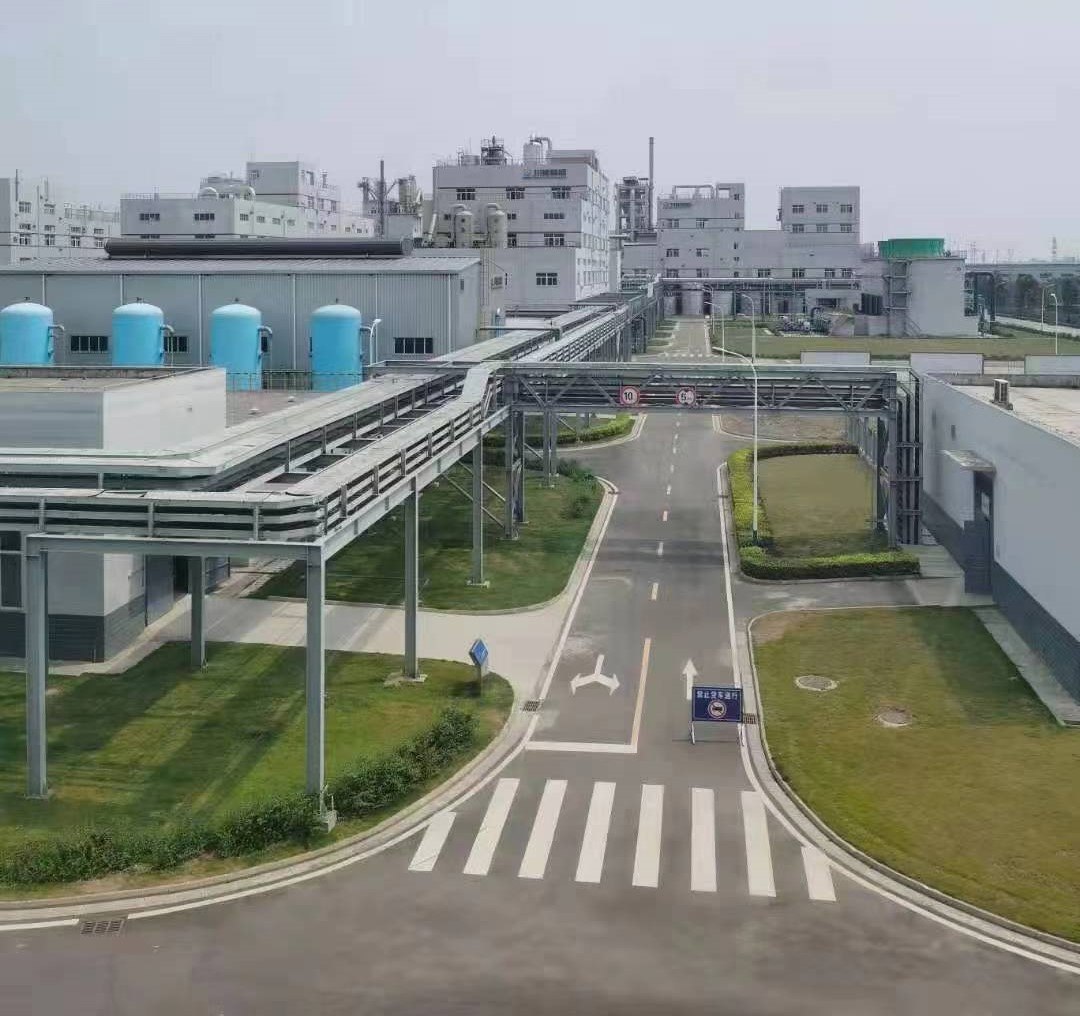EU classifies titanium dioxide as a carcinogen: significant challenge for the pharmaceutical industry
May,13,25
EU classifies titanium dioxide as a carcinogen: significant challenge for the pharmaceutical industry
01
Titanium dioxide is labeled as a carcinogen by the European Union
◆ New classification and background
Recently, the European Commission classified titanium dioxide (TiO2) as an inhalable suspected carcinogen, which officially came into effect on October 1st this year. Despite the safe use of titanium dioxide in the pharmaceutical industry for over 50 years, this new classification still attracts widespread attention.
The role of titanium dioxide in medicine
Titanium dioxide plays an important role in the pharmaceutical field, mainly used as a coloring agent E171, and must comply with strict official drug standards such as the European Pharmacopoeia, Japanese Pharmacopoeia, and United States Pharmacopoeia. This inert substance neither affects the characteristics of the active ingredients of the drug nor maintains the stability of the inactive ingredients, making it a key ingredient in ensuring the safety and effectiveness of the drug.
02
The pharmaceutical industry's dependence on titanium dioxide
◆ Dependency level and potential impact
According to a survey by the European Medicines Agency (EMA), approximately 91000 human drugs (about 58%) contain titanium dioxide as an excipient. If pharmaceutical manufacturers need to replace the excipient, they may face serious consequences such as drug shortages and production/discontinuation, which could have a significant impact on patients and animals. It is worth noting that as early as February 18, 2020, the European Union classified titanium dioxide in powder form as a suspected carcinogen based on the Classification, Labelling and Packaging Regulation (CLP) and granted an 18 month transition period.
Investigation by the European Union and exploration of alternative solutions
The EU has requested EMA to further investigate the impact of gradually phasing out titanium dioxide, mainly due to concerns from the European Food Safety Authority that the safety of titanium dioxide as a food additive is questionable and may even have genetic toxicity. Therefore, the EU hopes to explore whether titanium dioxide can be replaced by other materials in pharmaceuticals. However, the EMA survey shows that the pharmaceutical industry is highly dependent on titanium dioxide because it is widely used in oral solid and semi-solid dosage forms, such as tablets, capsules and suspensions, and many basic drugs, such as antibiotics and anti diabetes drugs, contain this ingredient. Data shows that nearly 70% of tablet products and 24.47% of capsule products contain titanium dioxide. So far, EMA has not found a material that can truly replace titanium dioxide.
Challenges and transition period of alternative solutions
According to the data, alternative options explored by EMA include calcium carbonate, calcium phosphate, talcum powder, and starch. However, these auxiliary materials all have certain shortcomings, such as their inability to achieve the uniform film quality provided by titanium dioxide, facing supply chain challenges, and potential impurity risks during the mining process. Some companies have started researching these alternative solutions and have carried out technical feasibility and pilot projects. Unfortunately, there is currently no substance that can fully replace titanium dioxide. EMA further pointed out that due to the lack of suitable alternatives, each affected drug needs to be individually reviewed and evaluated. This will involve investigating alternatives, re formulating products, generating new data related to production, dissolution, and stability, and may even require new clinical data. Based on the formula and research requirements, it may take several years to redevelop each individual product, followed by necessary evaluation and approval processes. The quality working group of EMA predicts that the entire transition period may last for 10 years or longer.
EMA predicts that the gradual phasing out of titanium dioxide will lead to severe shortages and delisting of drugs, especially sensitive types such as orphan drugs, children's drugs, and other low volume drugs. If the EU is the only region that prohibits the use of titanium dioxide, the impact will be even more far-reaching, as the cost of reformulation can only be compensated in Europe.






